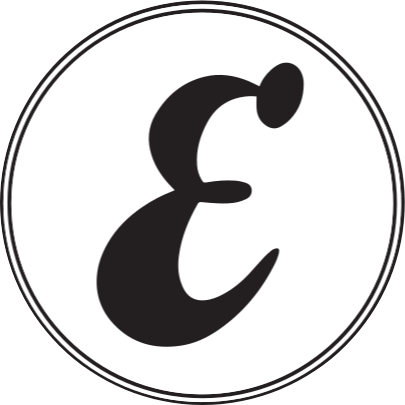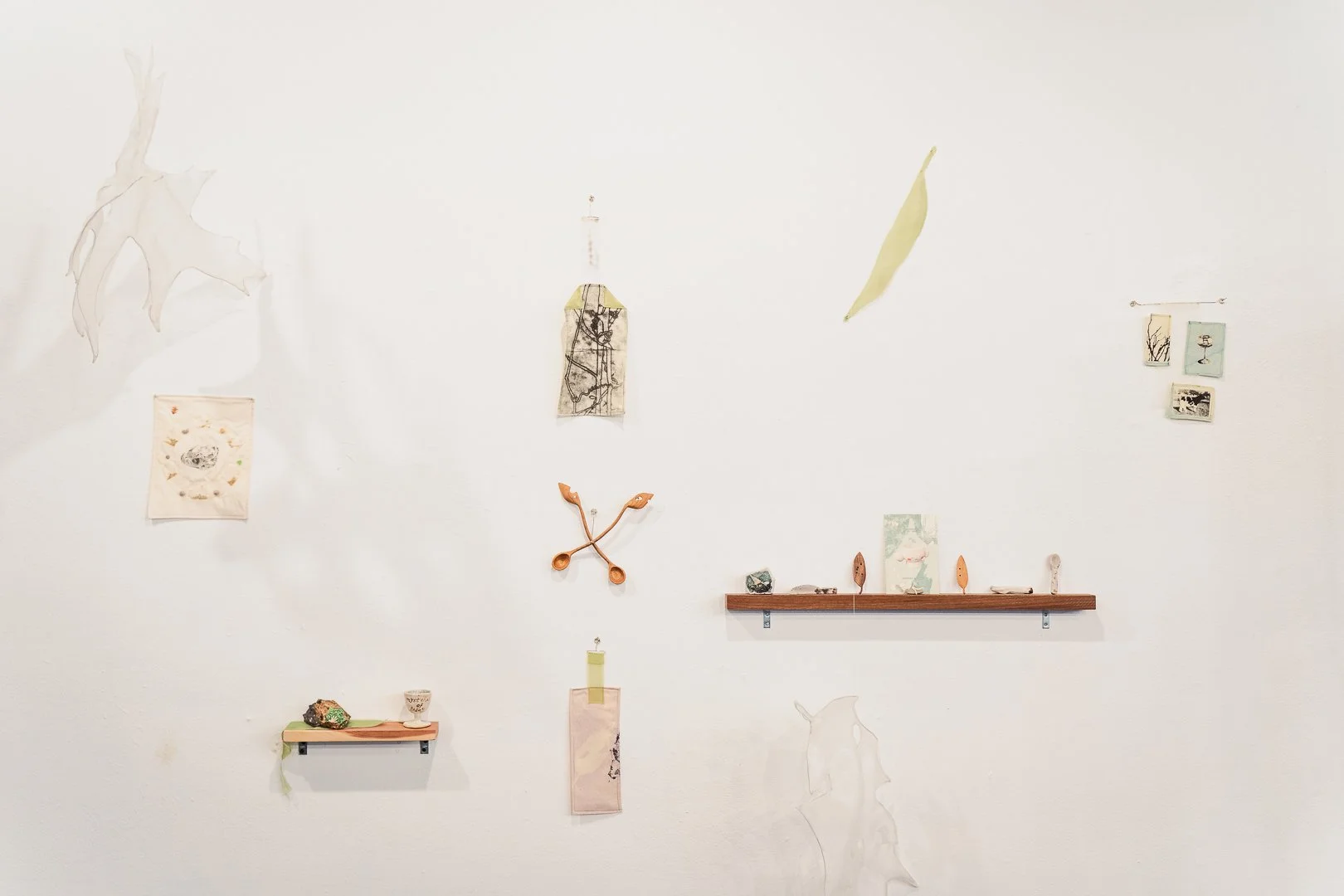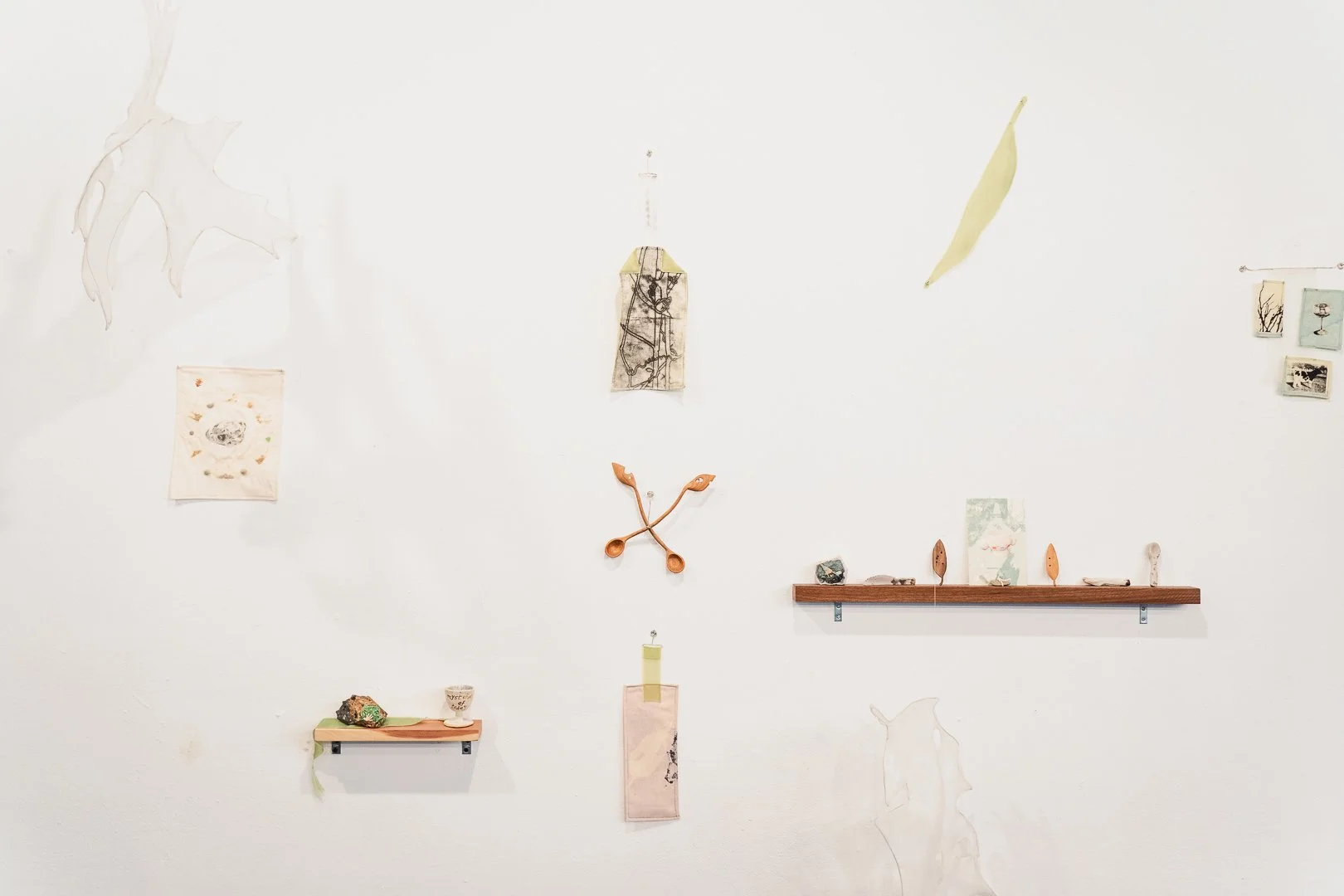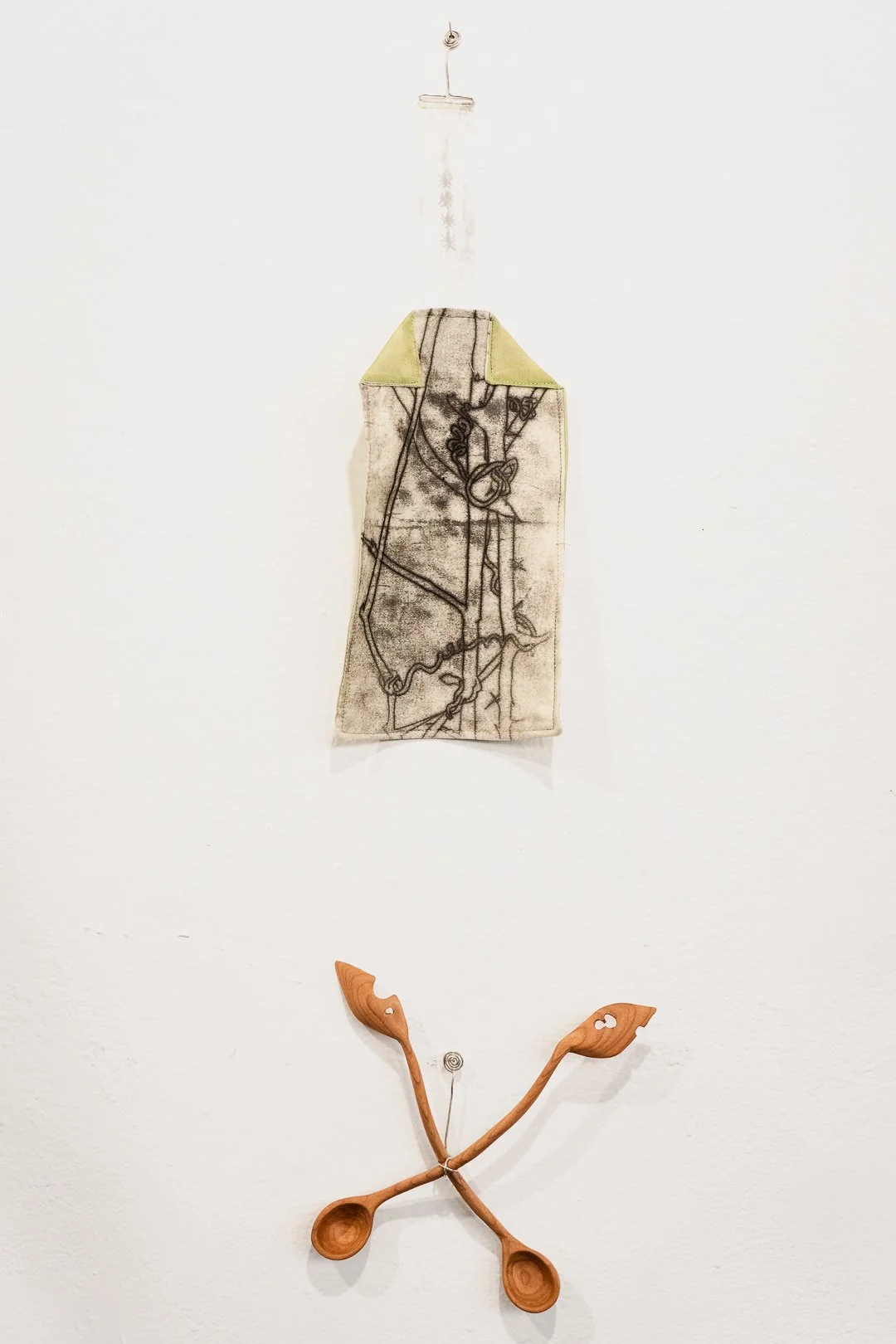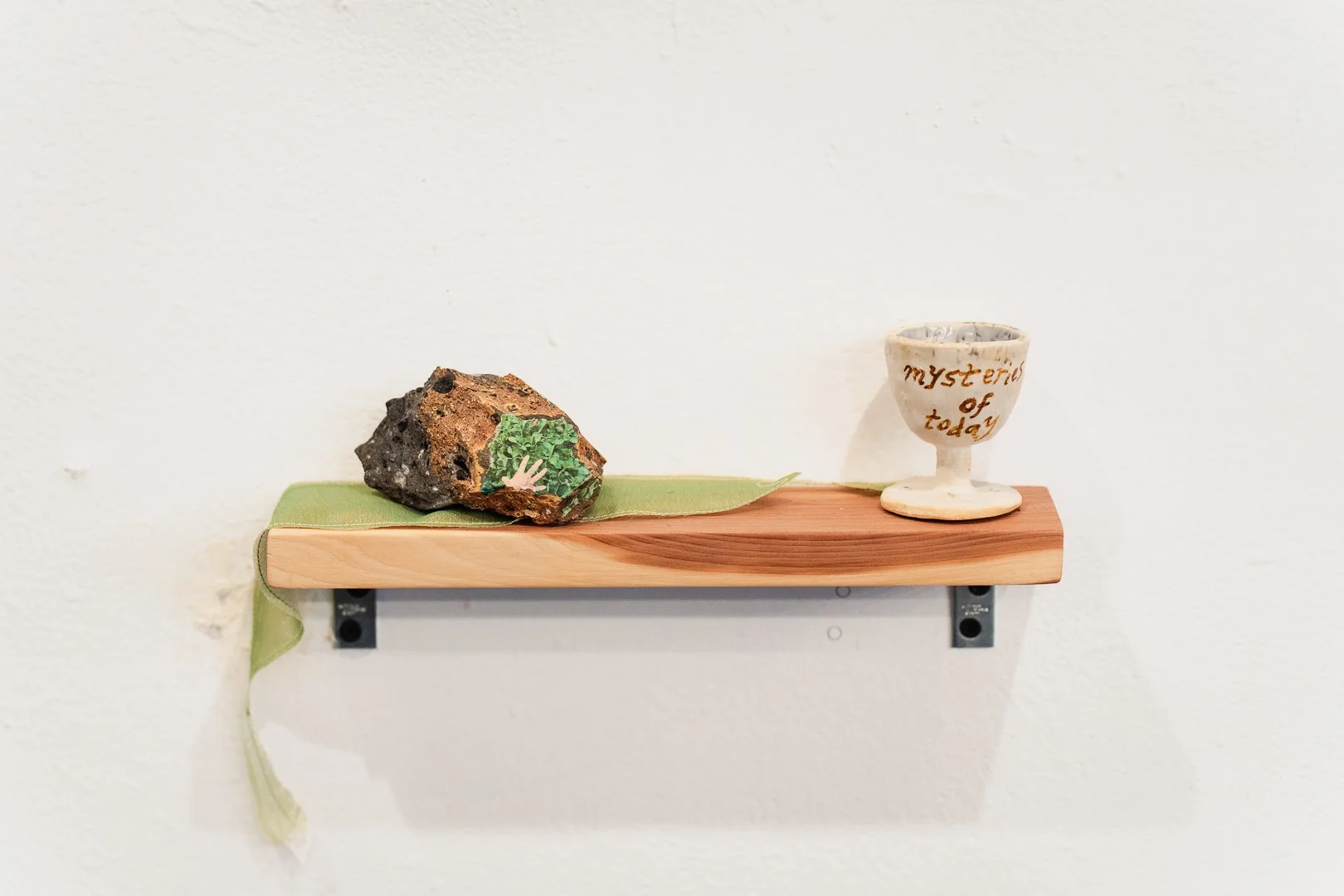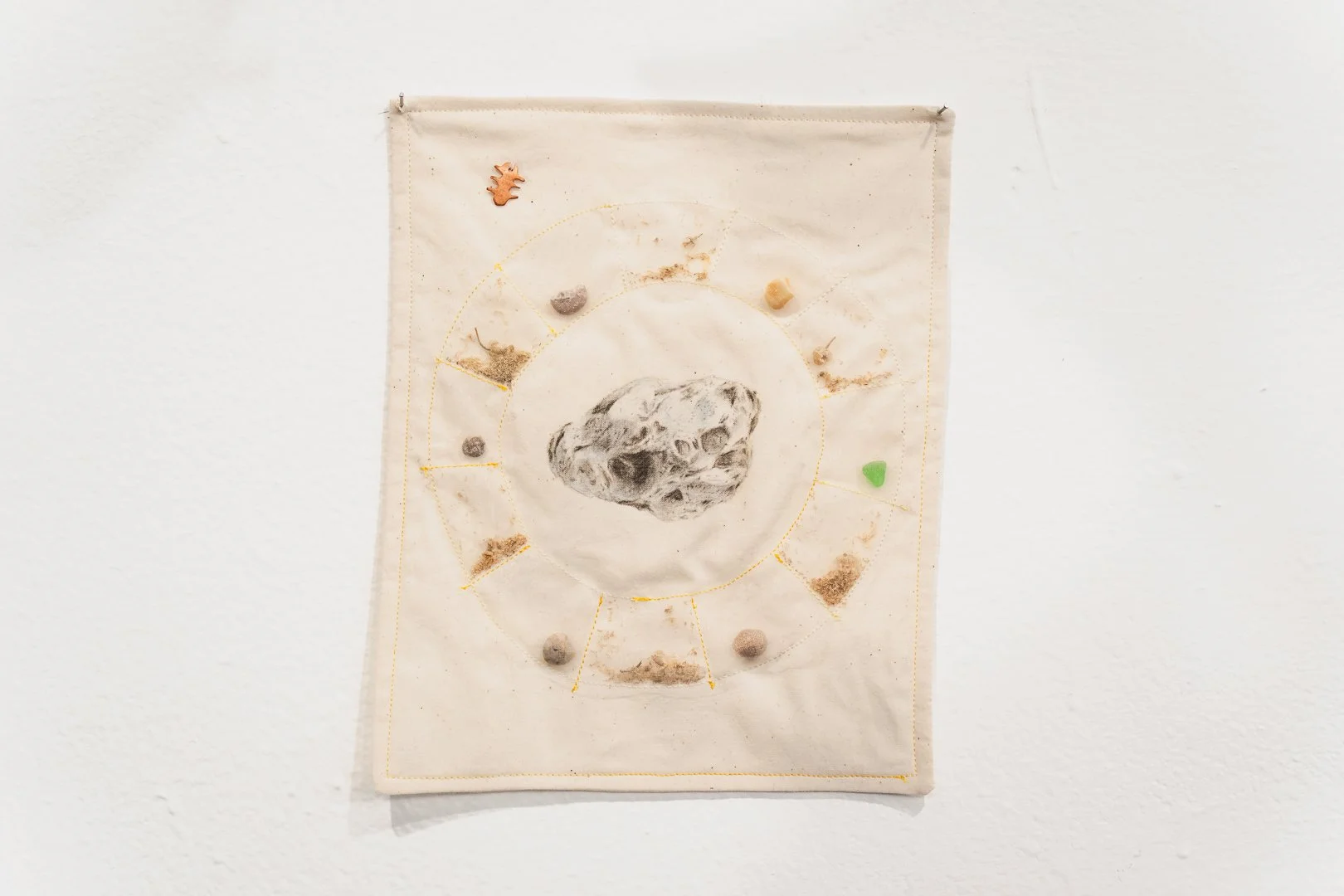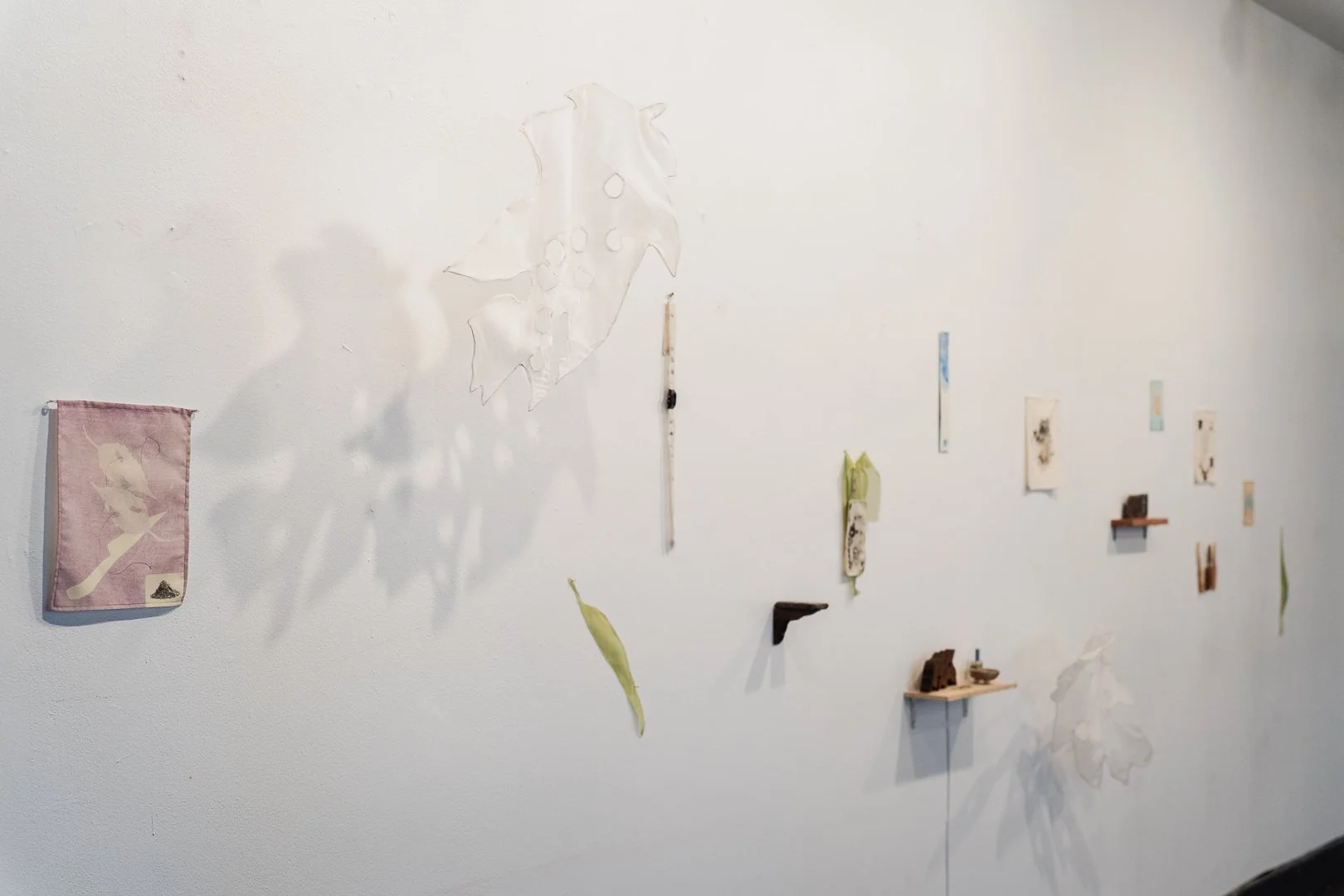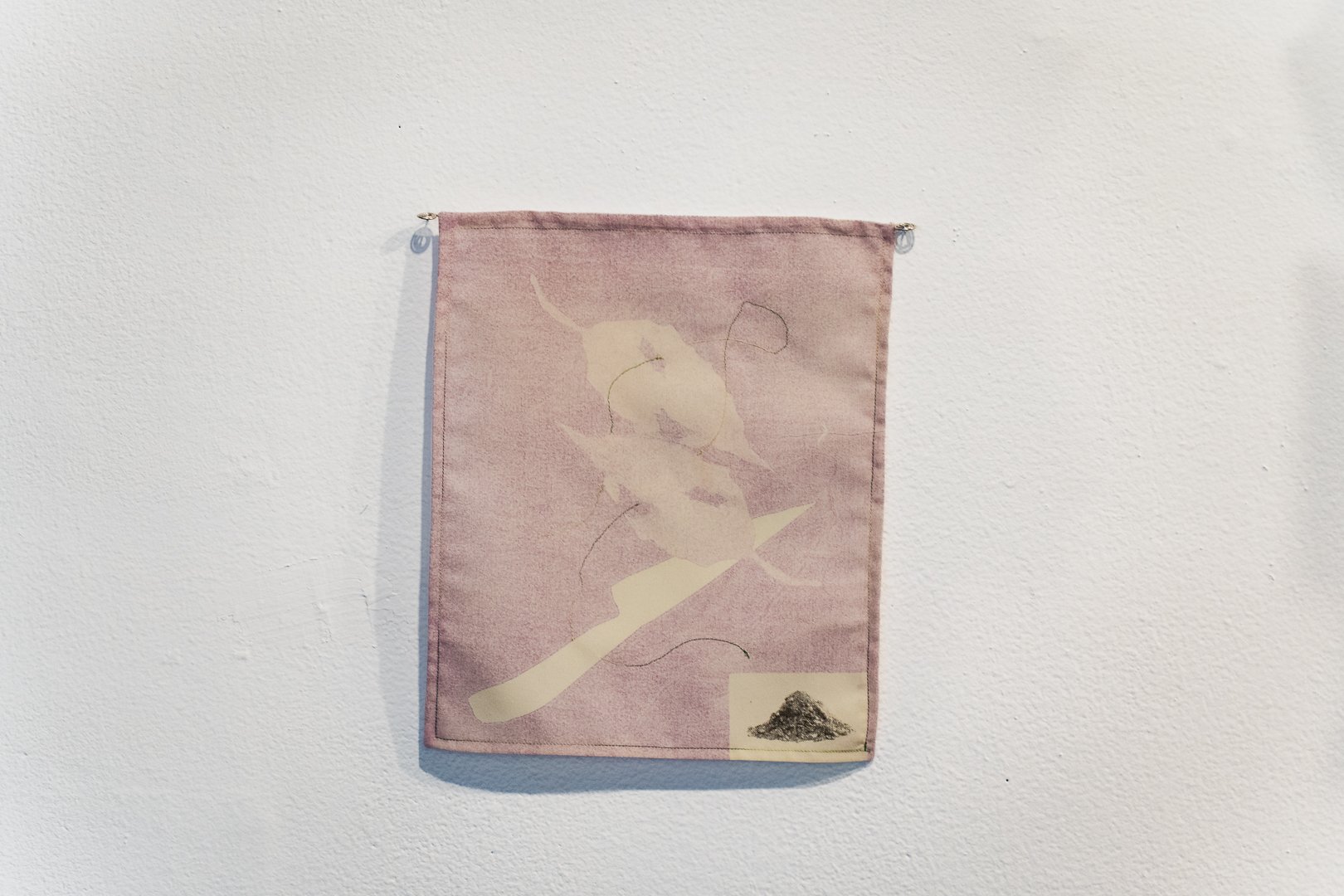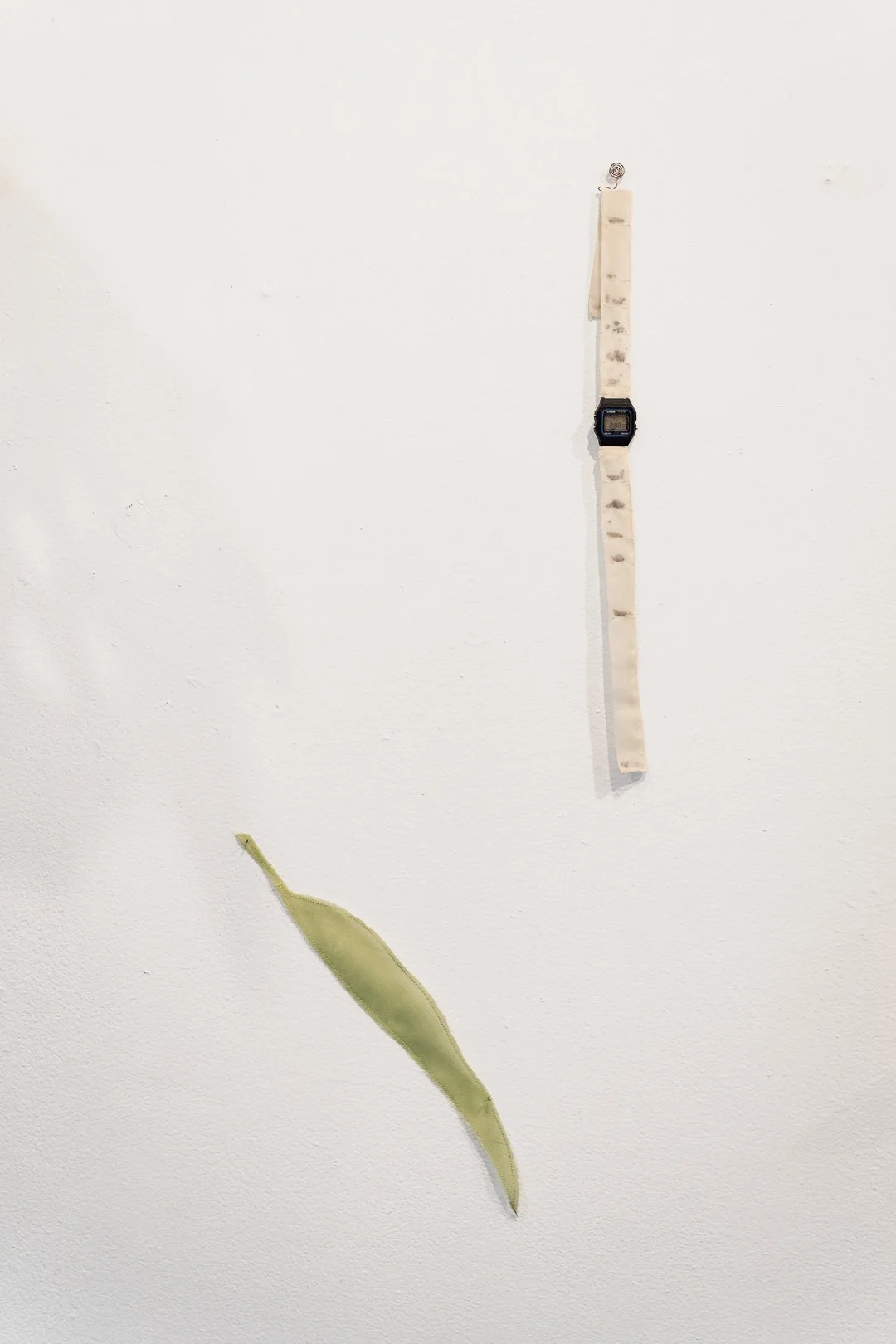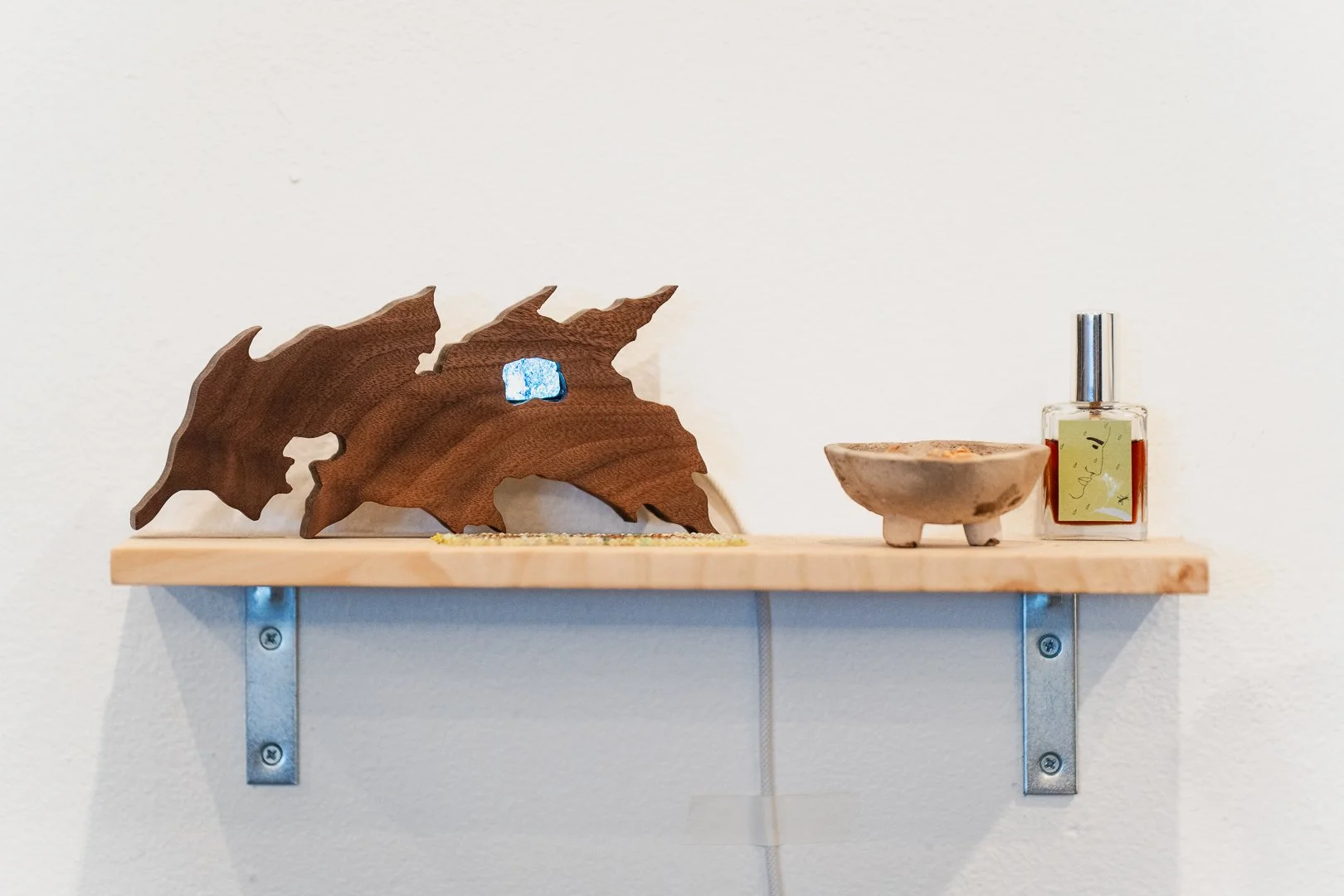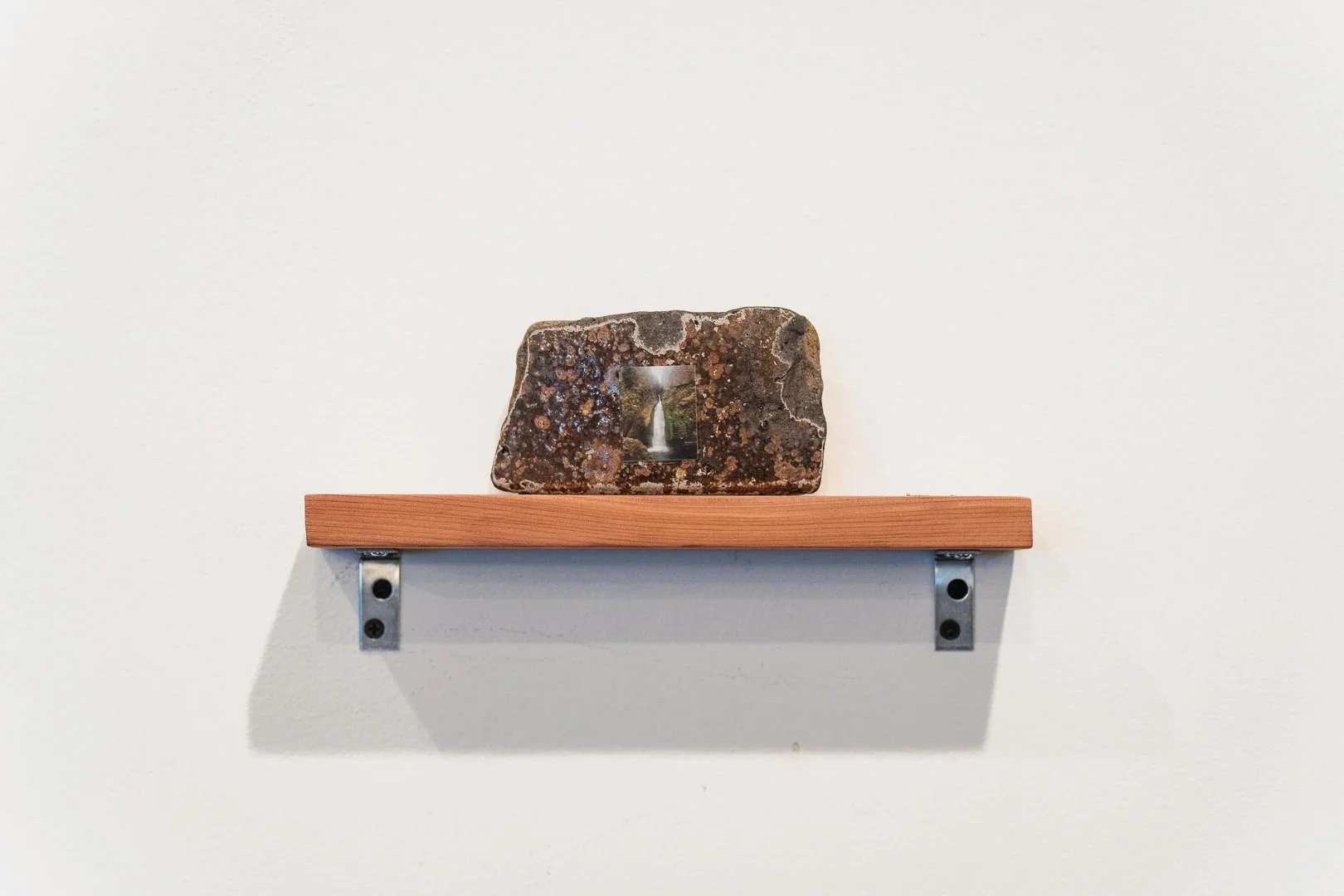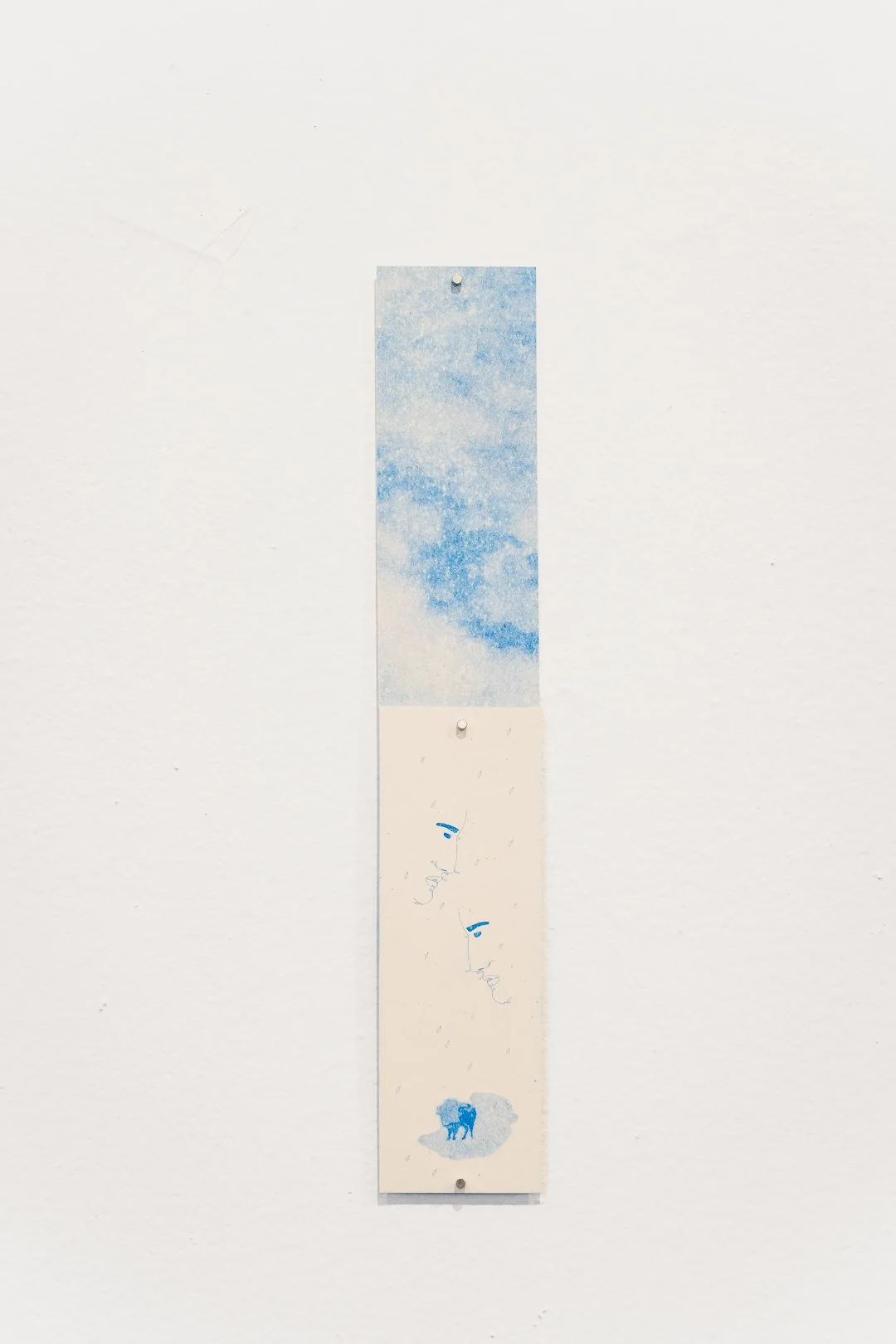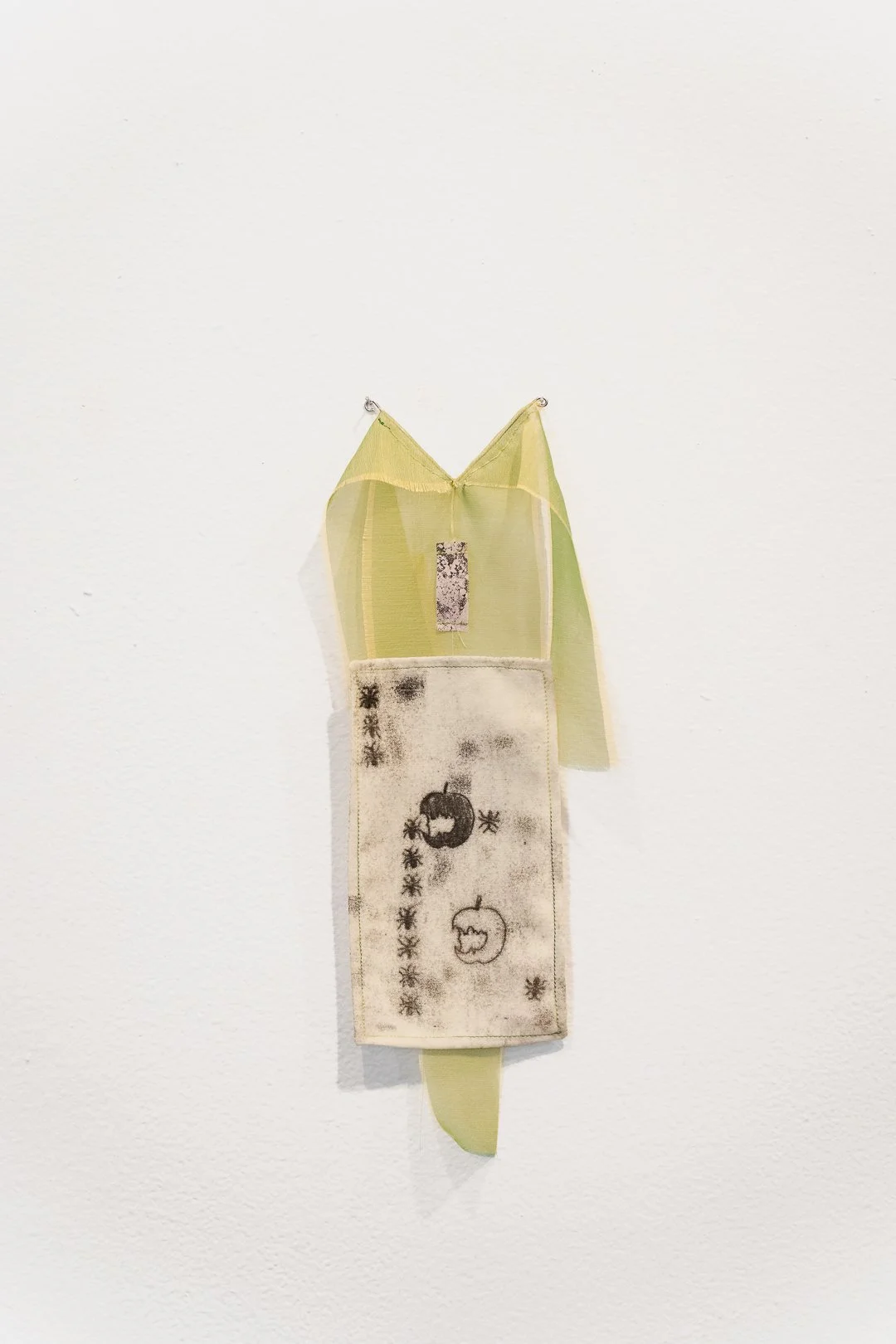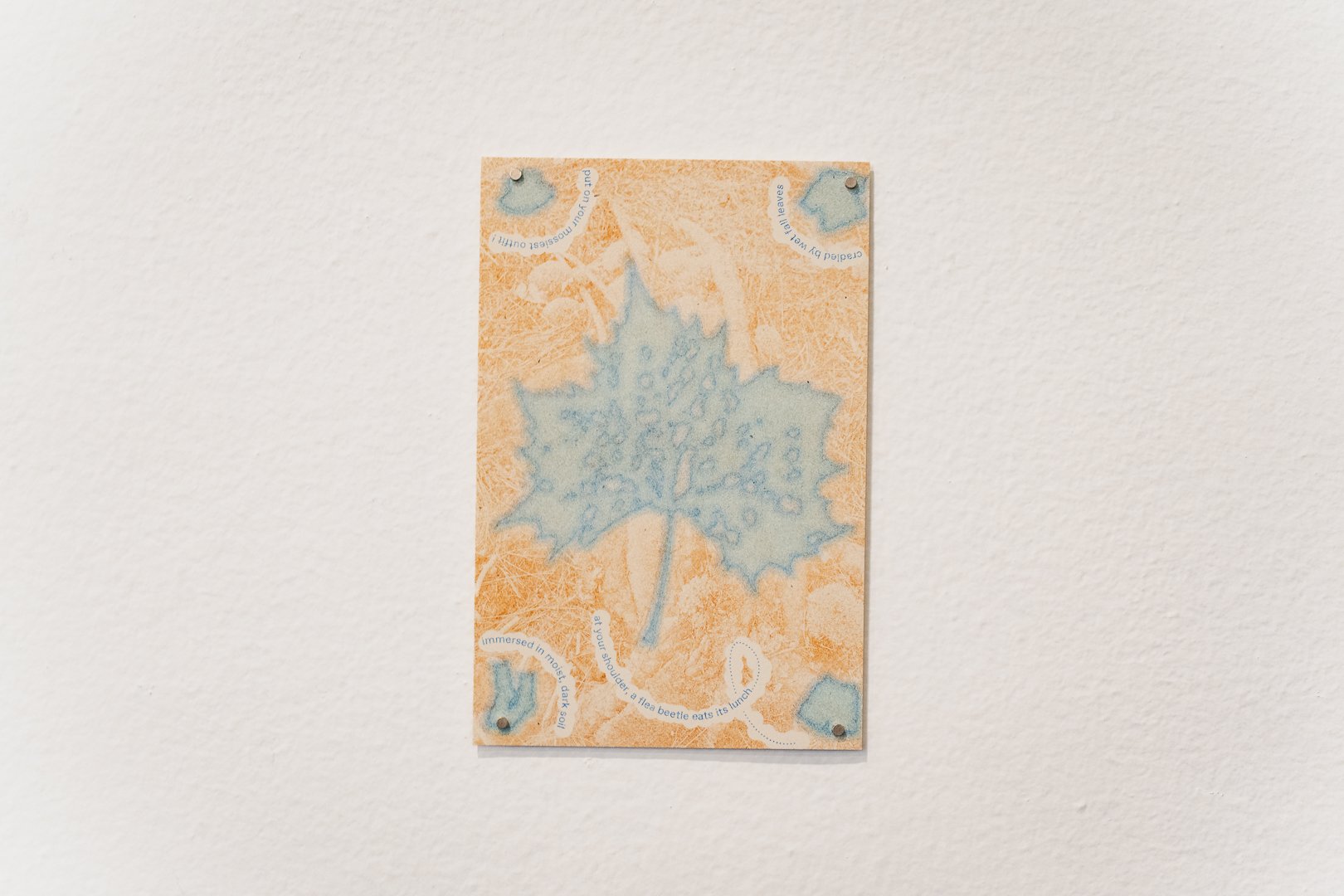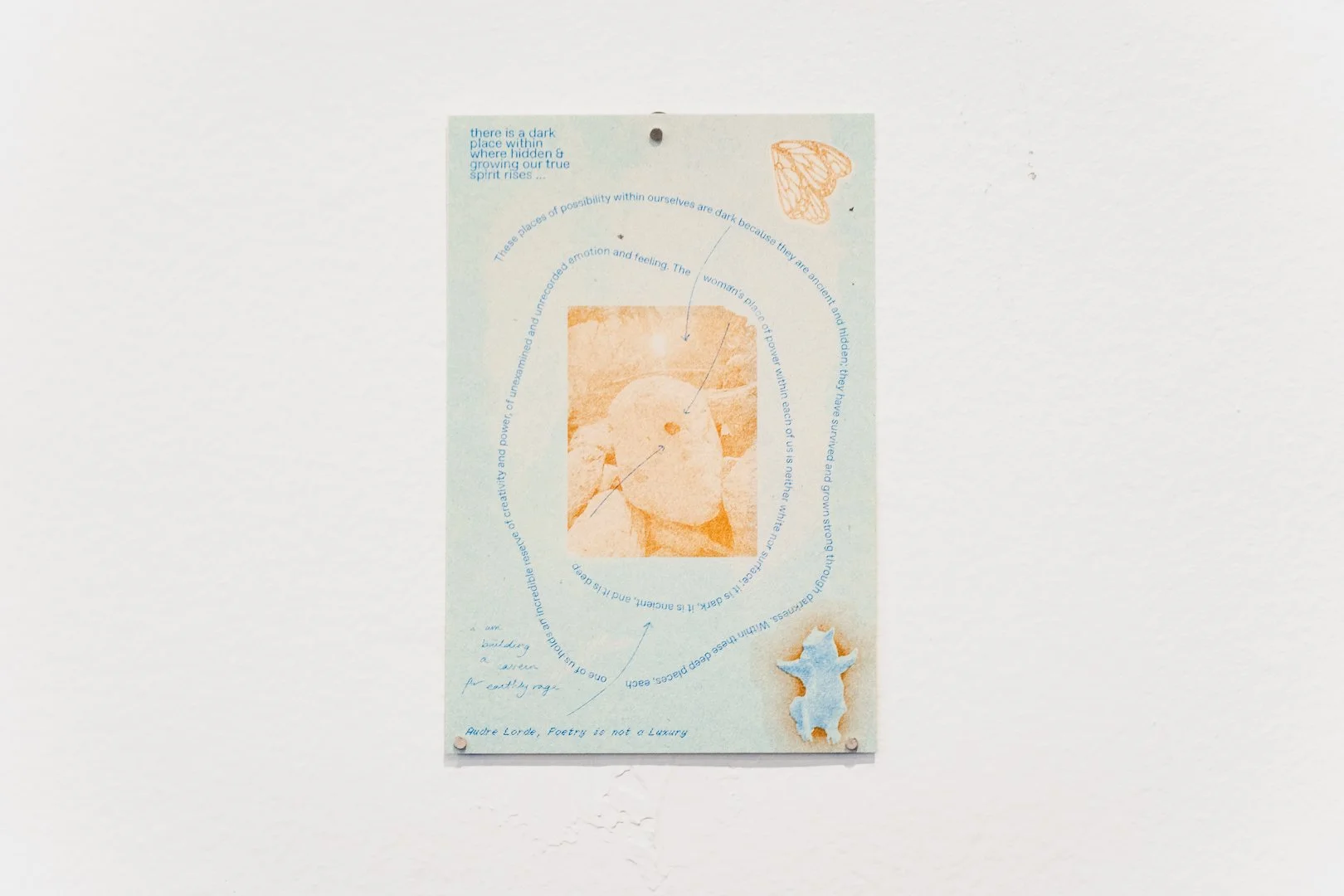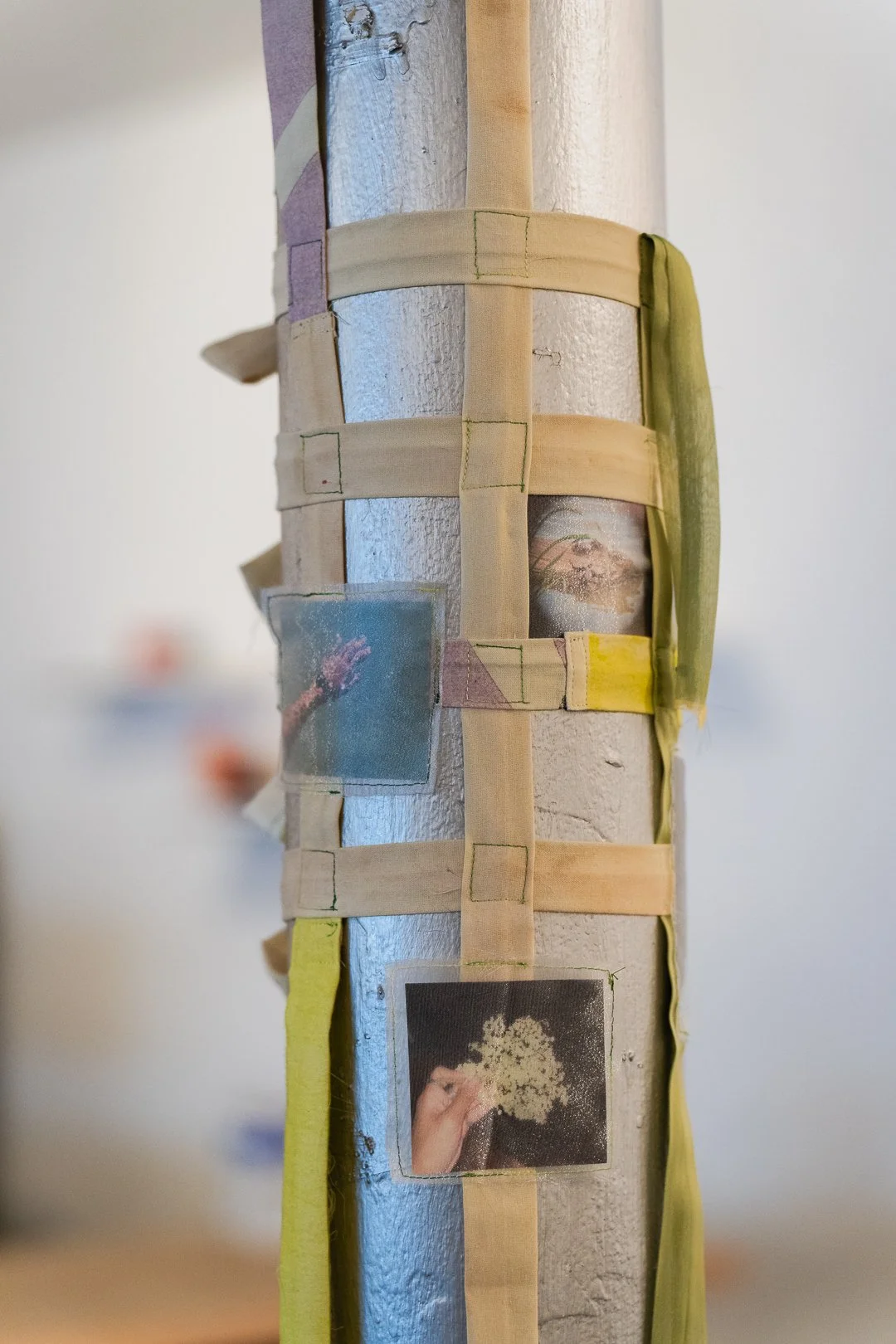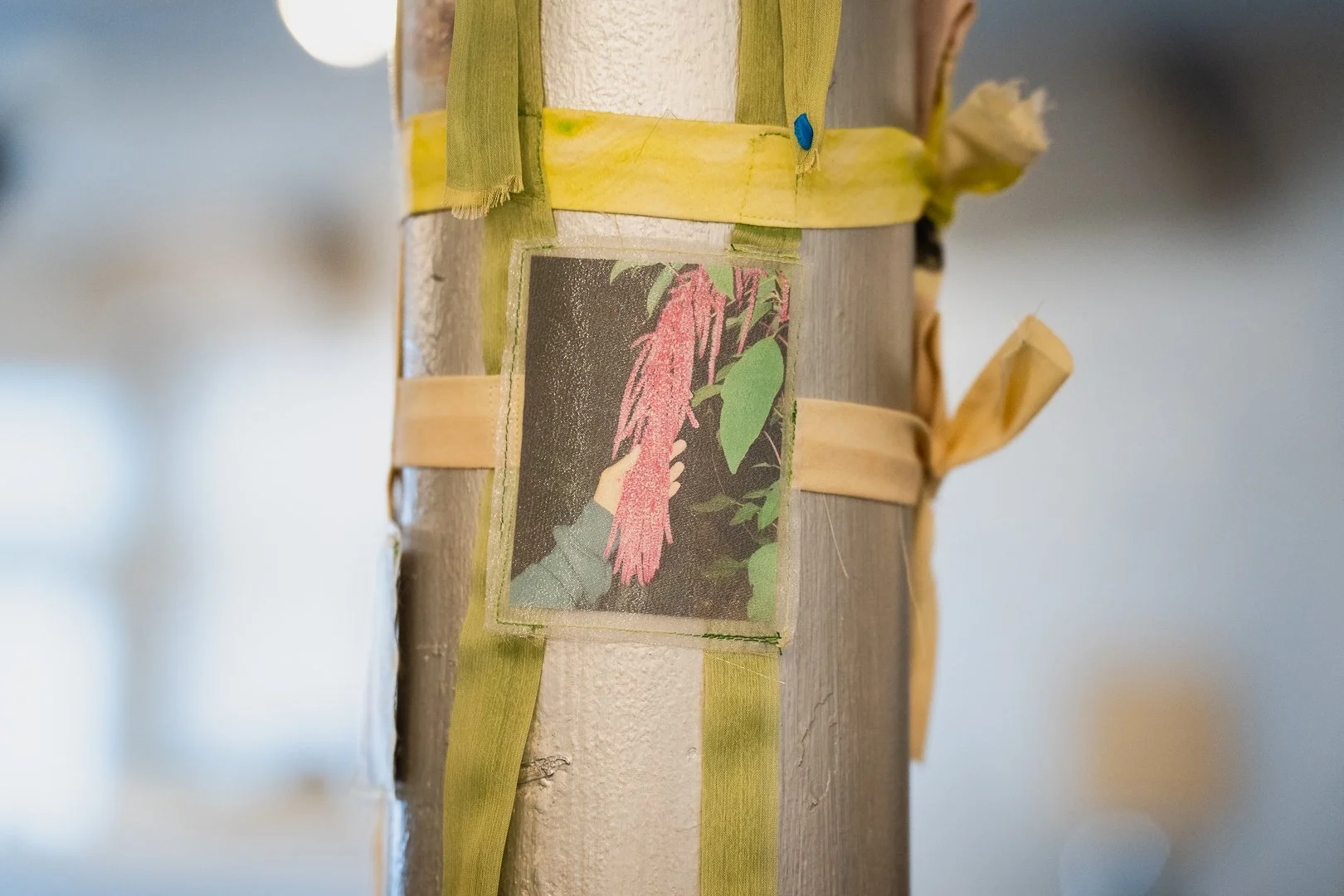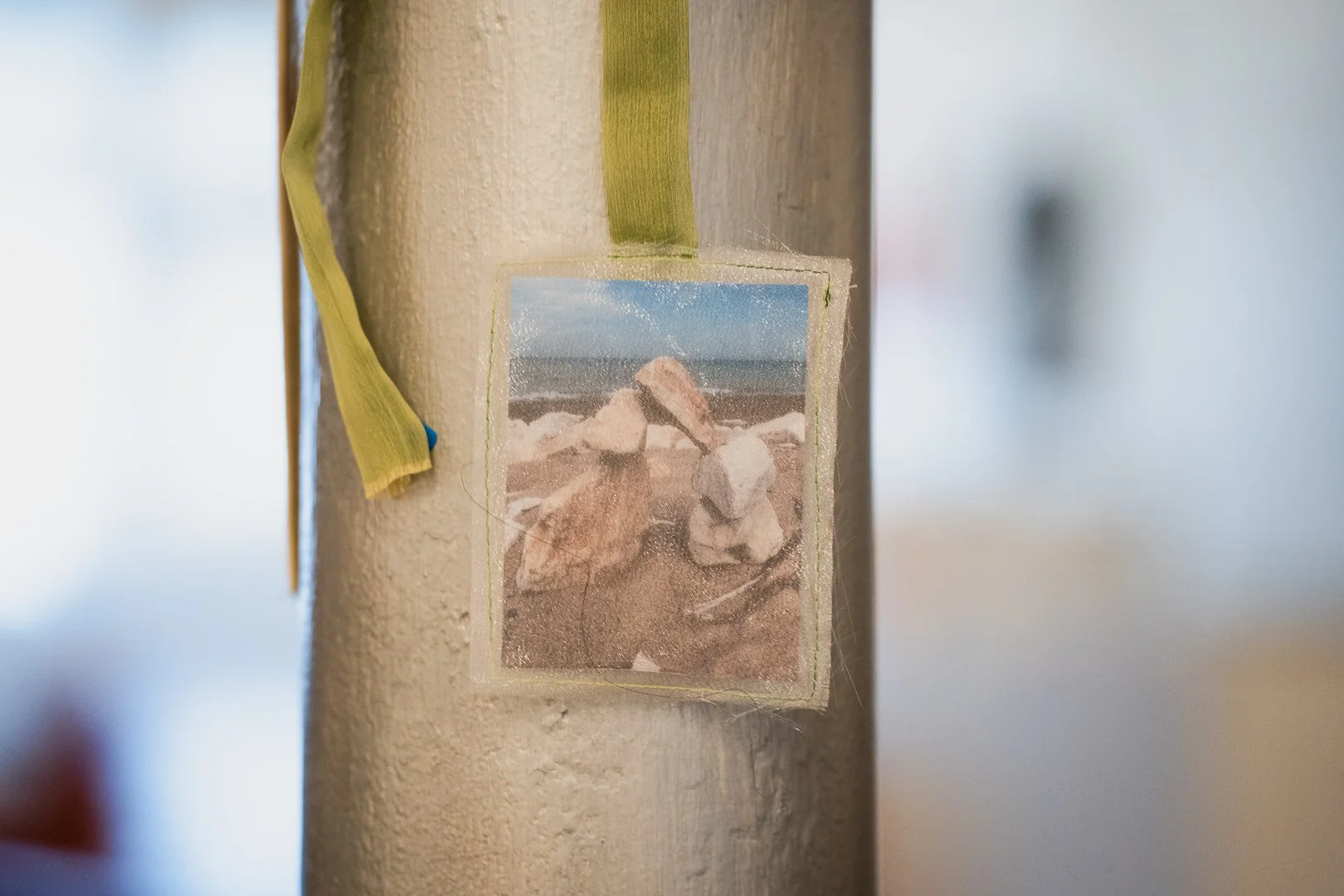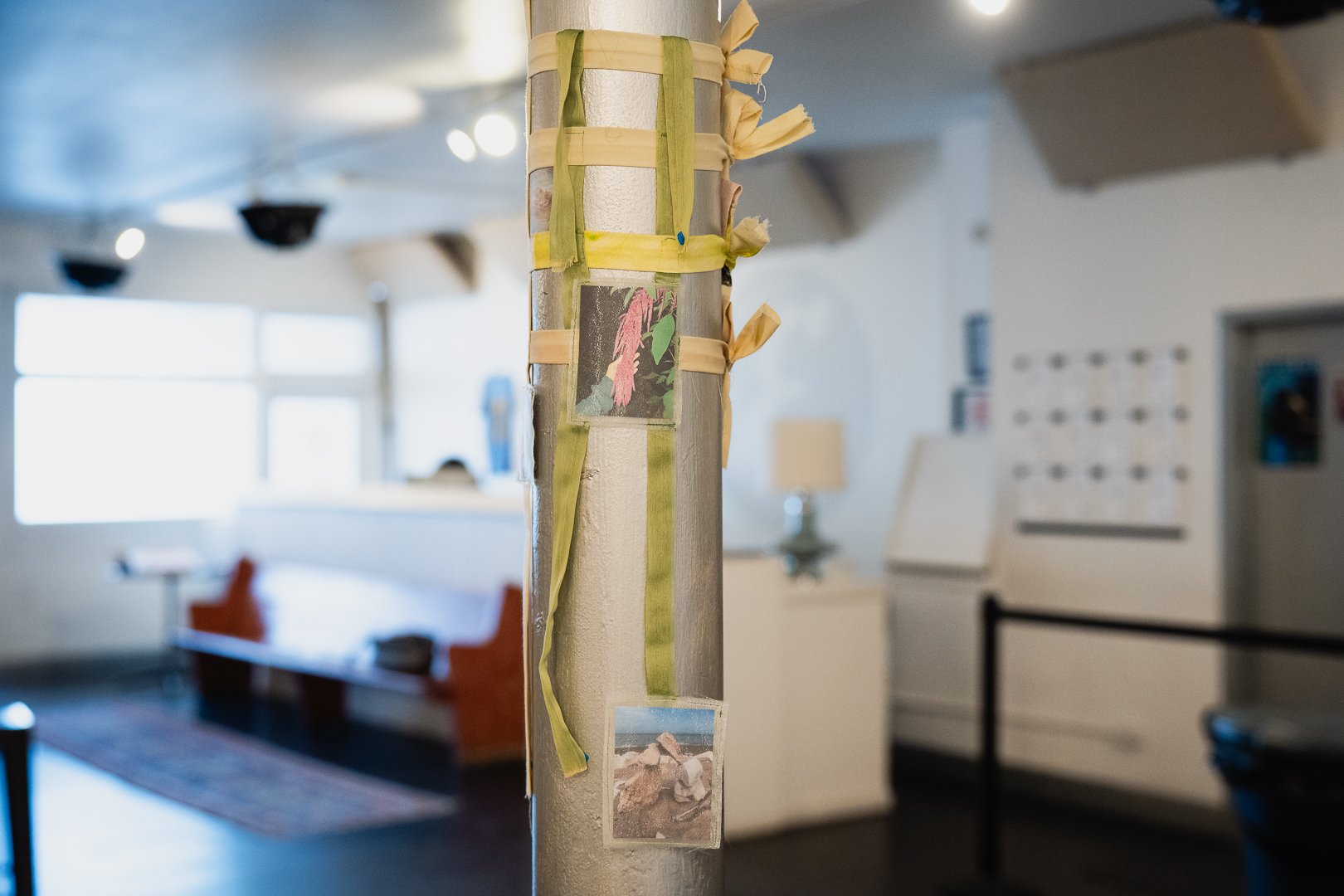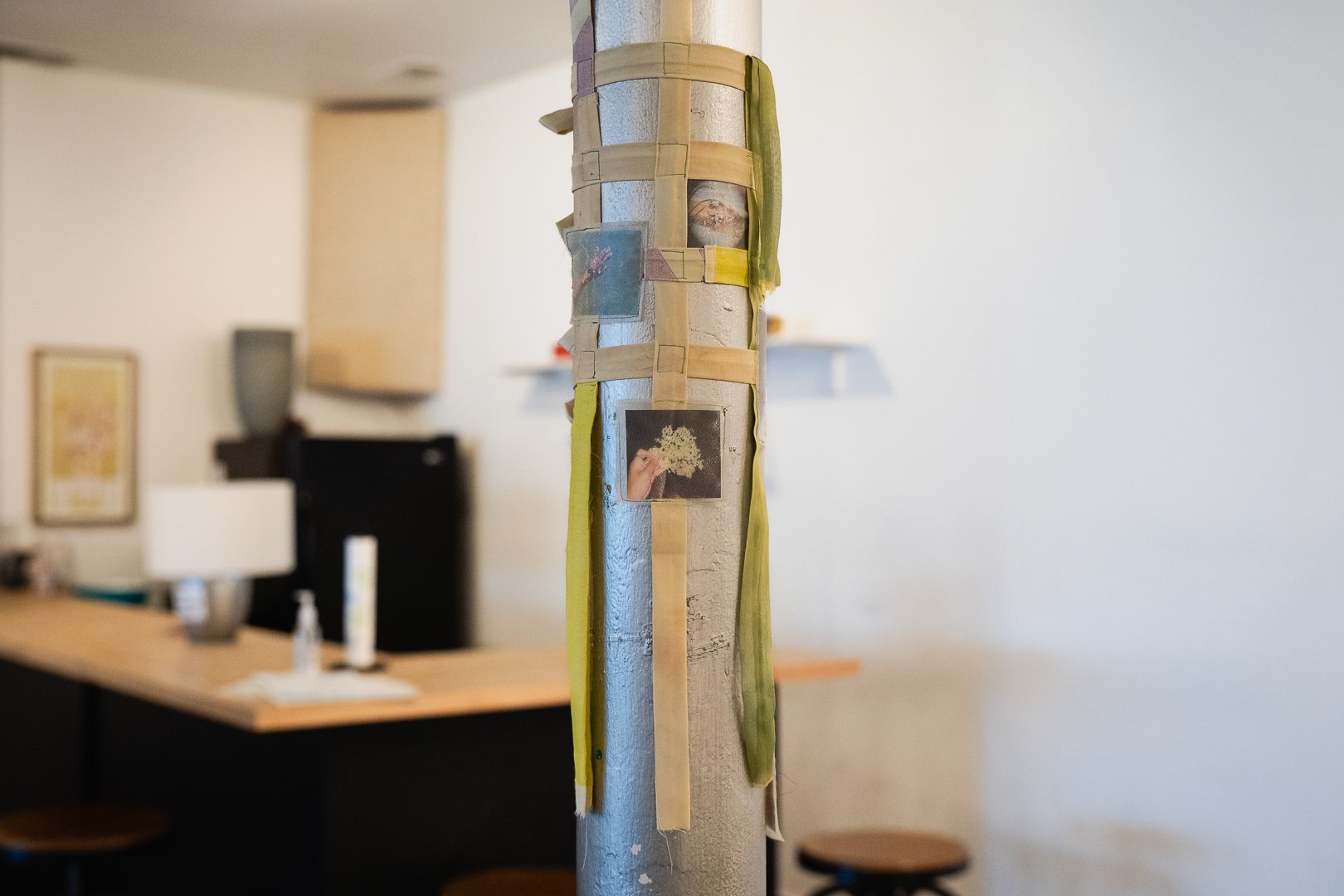Serena hocharoen
tv for a bug
april 2025 - july 2025
Serena Hocharoen
TV FOR A BUG
Serena Hocharoen, the Chicago-based artist, designer, and educator, synthesizes organic life and aesthetics of technology into a unique visual language that dreams beyond the boundaries of classification. I spoke with them about their relationship to the idea of networks, the way they conceptualize reverie as opposed to nostalgia, and how collaging creates worlds of cohabitation and playfulness. TV FOR A BUG, their solo exhibition, opens Friday, April 25th.
How do dreams play into your work? Do you try to create a feeling of inhabiting a dream or being within a dream?
Yes! Dreams can be seen in two different ways. One is the literal dream that you have when you’re asleep, the other is dreams in thinking about the future that you want in the world, and I'm interested in both. The dreams that you have at night in your bed alone are a manifestation of your brain trying to make connections to your memories. Your dreams are your brain putting whatever happened through the day into your deep memory. It's a way of making connections between disparate things in order to solidify them in your brain. That network of disparate connections is something that I'm really interested in.
And this word network has so many other connotations, like being one in your neural network. You could also be in a mycelial network underground in the soil. In the show, I have a lot of decomposing leaves. I wanted it to feel like you’re underground, in a dream. There’s also the network of the internet, literally the worldwide web. Those are all things that already exist, but we are making connections between them, and that's one way that dreams can show up. Dreams as in thinking about the world that you want to see--merging the digital, natural, and personal.
Do you find that dreaming has a visual language for you?
There's this Audre Lorde quote in Poetry Is Not a Luxury, where she says there's no new ideas. There are only new ways of making them felt. When people think about dreams, they're thinking about things that have never been seen before. But for me, I think dreams are things that you have seen or heard before. My video work is a manifestation of that; little clips of videos that I've taken and little sounds that I've heard or collected on my voice memos or something, all collaged together. So it's collecting and collaging as the language of dreams for me.
Is there a different relationship that you have with memory as opposed to dreaming? Or are they working together? Does nostalgia ever play into your work as well?
I think memory and dreams have to work together. Part of my work is archiving, but it's also playing with the archive and seeing what you can make anew with the things that you've collected. Revisiting the archive and playing with it is an act of dreaming.
I have a bad feeling about nostalgia, where nostalgia is kind of wishing that you could go back to the past. Nostalgia feels a little bit violent in that you want to revert. If you go back to the past, I think that's actually a destructive tendency, where it takes away agency from yourself to determine your own life and your own future. I don't think hope is embedded in nostalgia at all, whereas in working through your memories and dreaming about them and embedding your present and future into your dreams— that is an act of hope.
All gallery photos by Ricardo Adame
Related programming
Opening Reception:
APRIL 25, 2025
Closing:
🐜 𝒵𝒾𝓃𝑒 𝒻𝑜𝓇 𝒶 𝐵𝓊𝑔... 𝐵𝑜𝑜𝓀 𝒻𝑜𝓇 𝒶 𝒲𝑜𝓇𝓂 Zine + Craft Fest
May 31, 2025
